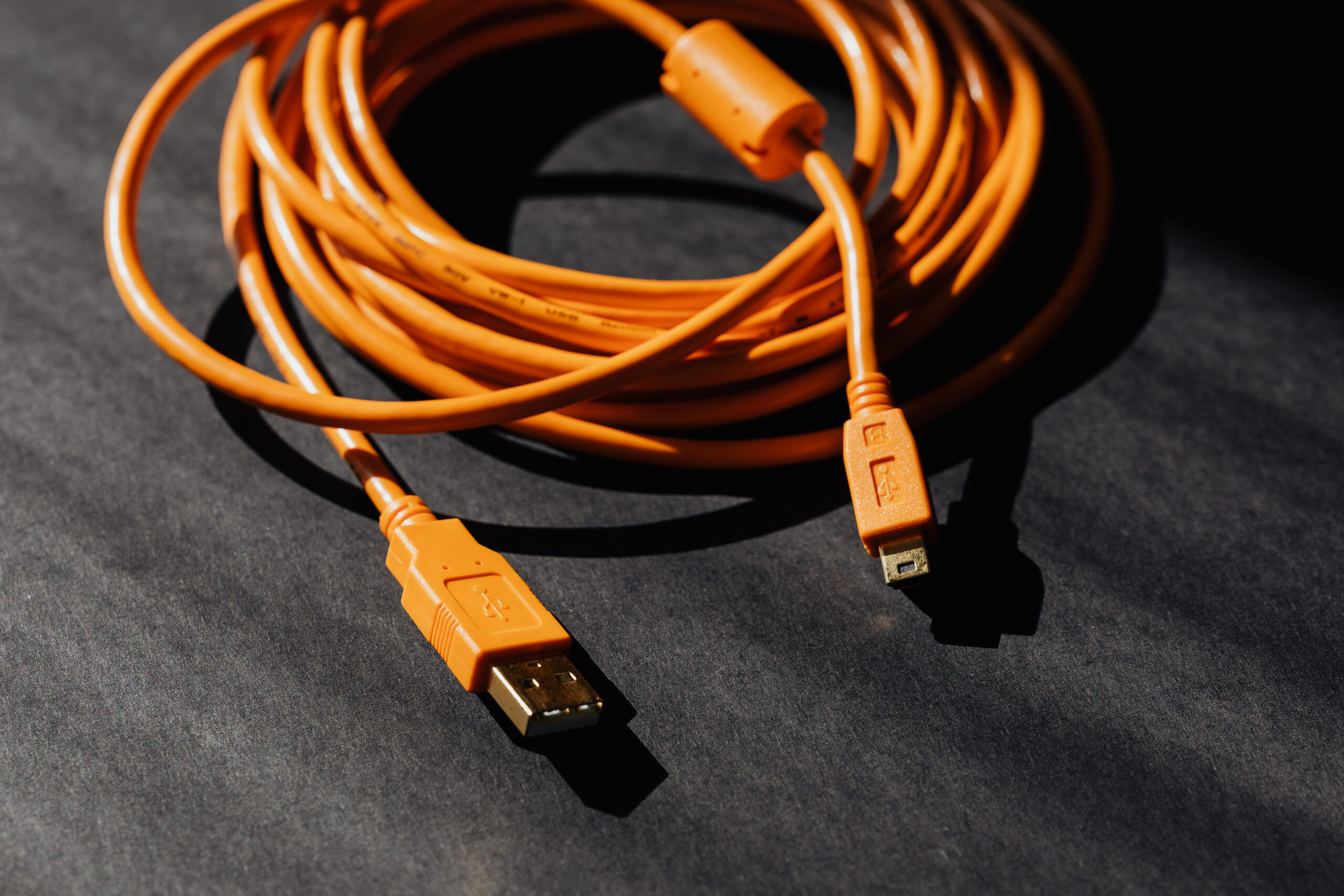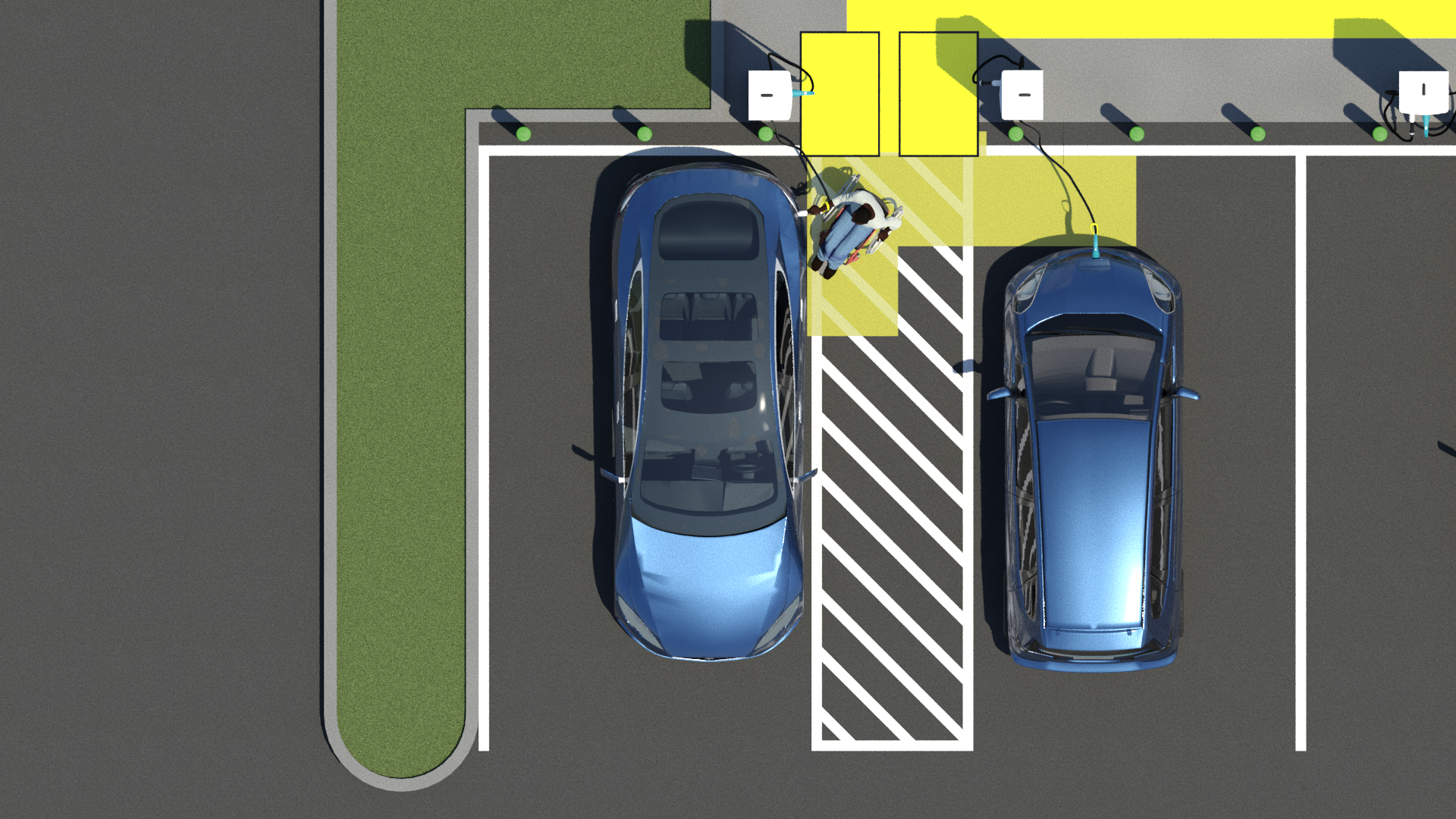What Are The Safety Standards For EV Charger Installations In Malaysia?
October 23, 2023 | by Jacob Kang

Are you interested in learning about the safety standards for EV charger installations in Malaysia? In this article, we will explore the regulations and guidelines set in place to ensure the safe installation of electric vehicle chargers. Whether you are an EV charger expert or simply curious about the topic, this article will provide you with a comprehensive understanding of the safety measures implemented in Malaysia. So, let’s dive into the world of EV chargers and discover the safety standards that are crucial for a sustainable and secure charging infrastructure in Malaysia!

Overview of EV Charger Installations in Malaysia
Introduction to EV chargers
Electric vehicle (EV) chargers are essential components of the growing infrastructure for electric vehicles in Malaysia. EV chargers provide a convenient and efficient way to recharge electric vehicles, reducing reliance on fossil fuels and promoting sustainability. As the demand for electric vehicles continues to rise, the need for reliable and safe EV charger installations becomes increasingly important.
Growing demand for EV chargers in Malaysia
Malaysia has seen a surge in the adoption of electric vehicles in recent years. The government, recognizing the environmental and economic benefits of electric transportation, has implemented various initiatives to support the growth of the EV market. This has led to an increase in the demand for EV chargers across the country. As more individuals and businesses switch to electric vehicles, the need for accessible and reliable charging infrastructure becomes crucial.
Importance of safety standards in EV charger installations
Ensuring the safety of EV charger installations is of utmost importance. Electric vehicles operate on high-voltage systems, which can pose significant risks if not installed and maintained properly. Safety standards serve as guidelines to ensure that EV charger installations meet necessary requirements to mitigate potential hazards and protect users. Compliance with safety standards not only ensures the safety of the charging infrastructure but also contributes to the overall development and acceptance of electric vehicles in Malaysia.

Safety Standards for EV Charger Installations
Compliance with International Electro-technical Commission (IEC) standards
The International Electro-technical Commission (IEC) has developed a set of standards specifically for EV charger installations. These standards provide guidelines for the design, installation, testing, and maintenance of EV charging equipment. Compliance with IEC standards is essential to ensure the safety and interoperability of EV chargers. Malaysia has adopted the IEC standards for EV charger installations to promote uniformity and compatibility with international practices.
Adherence to Malaysian Standards (MS)
In addition to compliance with IEC standards, EV charger installations in Malaysia must also adhere to specific national standards known as Malaysian Standards (MS). These standards, which are regulated by the Department of Standards Malaysia, complement the IEC standards and provide further requirements specific to the local context. Adhering to both IEC and MS standards is necessary to ensure a comprehensive approach to safety in EV charger installations.
Requirement of Earth Leakage Protection Device (ELPD)
One crucial safety aspect in EV charger installations is the inclusion of an Earth Leakage Protection Device (ELPD). An ELPD is designed to detect and interrupt electric current leakage to the Earth, thereby protecting users from electric shock and preventing potential electrical fires. It is a mandatory requirement for EV charger installations in Malaysia. Proper installation and regular maintenance of ELPDs are essential to ensure their effectiveness in protecting against electrical hazards.
Protection against Overcurrent and Short Circuits
Overcurrent and short circuits can pose significant risks in EV charger installations. Overcurrent occurs when the electric current exceeds the rated capacity of the electrical circuit, while short circuits happen when the current bypasses the normal route and flows directly between conductors. To protect against these risks, appropriate circuit breakers or fuses should be selected based on the rated current of the charging system. These protective devices help prevent damage to the charging equipment and minimize the potential for electrical accidents.
Installation of Residual Current Devices (RCD)
Residual Current Devices (RCDs) play a crucial role in ensuring the safety of EV charger installations. RCDs are designed to quickly detect and interrupt electrical faults, such as current imbalances caused by leakage or insulation failures. By promptly disconnecting the power supply, RCDs help protect against electric shock and mitigate the risk of fire. Different types of RCDs are available depending on the specific requirements of the EV charger installation. Proper installation and regular testing of RCDs are necessary to ensure their optimal functionality.
Certification by SIRIM
To ensure the quality and safety of EV chargers, certification by the Standards and Industrial Research Institute of Malaysia (SIRIM) is highly recommended. SIRIM certification validates that the EV chargers meet the necessary safety standards and have undergone thorough testing and inspection. Choosing SIRIM certified EV chargers provides assurance to consumers and promotes trust in the reliability and safety of the charging equipment.
Proper Wiring and Earthing
Proper wiring and earthing are fundamental components of safe EV charger installations. Guidelines for safe wiring and earthing techniques must be followed to ensure the integrity of the electrical system. The installation of appropriate cable sizes, proper insulation, grounding, and bonding techniques is essential to minimize the risk of electrical faults, overheating, and other potential hazards. Compliance with wiring and earthing standards enhances the safety and reliability of EV charger installations.
Consideration of Charging Infrastructure and Location
The selection of the right charging infrastructure and location is critical to ensure the safety of EV charger installations. Factors such as available power supply, proximity to other electrical systems, accessibility for users, and proper ventilation should be taken into account. Considering these factors helps prevent electrical overloads, reduces the risk of damage to the charging equipment, and facilitates safe and convenient charging experiences for electric vehicle users.
Safety Measures during Installation
During the installation process, various safety measures should be observed to minimize the risk of accidents or electrical failures. These include proper equipment grounding, avoiding exposed live parts, observing safe distances between electrical components, and following safety protocols during wiring and connection procedures. Adhering to safety guidelines and best practices ensures that installations are carried out efficiently and without compromising the safety of users and installers.
Ongoing Maintenance and Inspections
Regular maintenance and inspections are crucial to ensure the long-term safety and functionality of EV charger installations. Cleaning and visual inspections help identify any visible damage or signs of wear and tear that may affect the performance of the charging equipment. Periodic testing and verification of the electrical components, circuit protection devices, and safety systems should also be conducted to ensure their proper operation. If any faulty components are identified, prompt repair or replacement is necessary to maintain the integrity and safety of the EV charger installation.
In conclusion, safety standards play a vital role in EV charger installations in Malaysia. By complying with international and national standards, incorporating appropriate protective devices, ensuring proper wiring and earthing, and conducting regular maintenance and inspections, the safety of EV charger installations can be upheld. These safety measures are essential to promote the growth and acceptance of electric vehicles, offering Malaysians a safe and sustainable mode of transportation.

RELATED POSTS
View all


